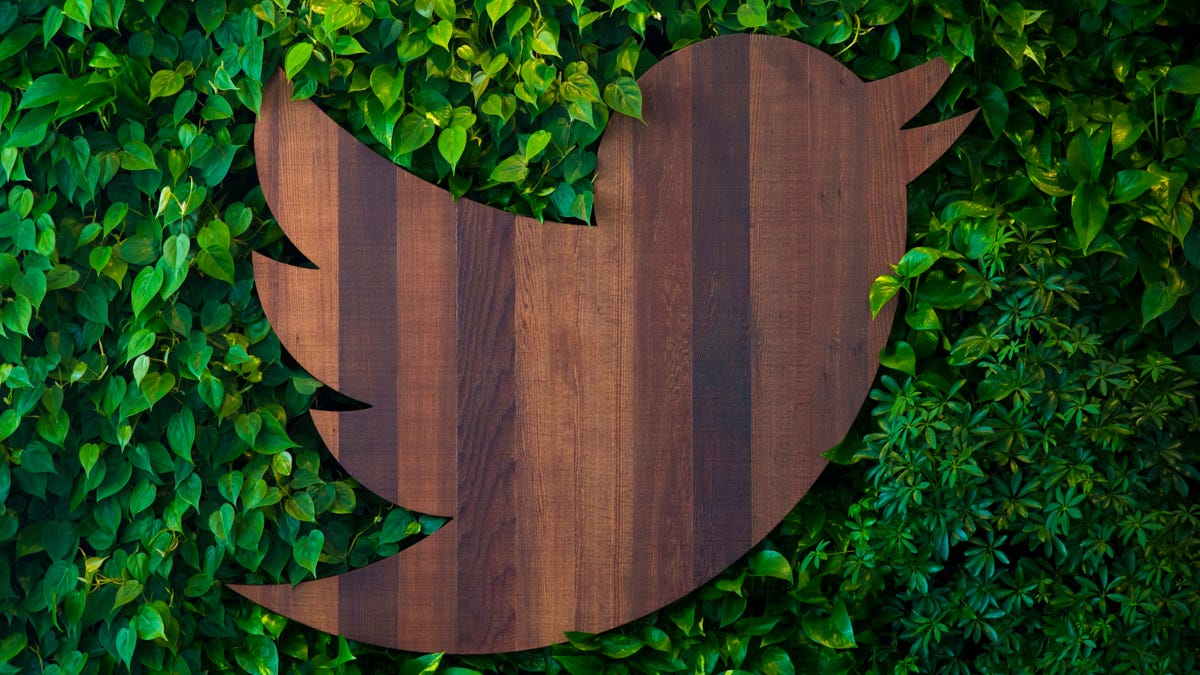What could make Twitter #Fail
As the social network embarks on becoming publicly traded, it spells out the dozens of obstacles it's facing -- from losing users to being a hotbed of annoying ads to experiencing more cyberattacks.

It's official, Twitter formally announced that it's on the path to becoming a public company by filing for an initial public offering with the Securities and Exchange Commission on Thursday.
While insiders are most likely popping champagne corks, there's still the looming risks: What if Twitter fails to make money? What if its users dry up? What if it becomes a bigger breeding ground for spam?
One of the nifty things about filing for an IPO with the SEC is that companies have to outline just what could trip up their plans to make loads of money. Within its 200-plus page IPO filing, Twitter spends more than 30 pages going over specific "risk factors."
So, what exactly is Twitter worried about?
Front and center on the list is the failure to grow its user base. Currently, Twitter has 218.3 million monthly active users, but these people's interest in tweeting could wane or they could be turned off by ads or the quality of posts on the social network. If Twitter loses users, it loses eyes on advertisements, and therefore it loses money.
"Our financial performance has been and will continue to be significantly determined by our success in growing the number of users and increasing their overall level of engagement on our platform as well as the number of ad engagements," Twitter wrote. " We anticipate that our user growth rate will slow over time as the size of our user base increases... To the extent our user growth rate slows, our success will become increasingly dependent on our ability to increase levels of user engagement and ad engagement on Twitter."
To combat a slowing user base, Twitter wrote that it wants to reach out more to international markets, focus on mobile, and ensure that influential users -- like celebrities, politicians, and journalists -- continue to use the social network. However, all of these efforts also qualify as risks. For example, it could fail to compete overseas, not engage mobile users, and lose key tweeters.
Twitter also has other concerns. It's worried about another newfangled startup rolling in and creating competition. It's also nervous about spam, fake followers, and fake accounts overtaking users' homepages -- not to mention experiencing more cyberattacks like the recent hacks into the accounts of the Associated Press, NPR, CBS, the BBC, and other news organizations.
Going public is a gamble. When a company is publicly traded, it's at the whims of investors who are basically betting on its viability. With gambling comes risks. And, as most gamblers know, the more you know about the players and the game, the more likely the odds are in your favor.
So, the fact the Twitter has spelled out the dozens of risks involved in placing bets on the company, could be a sign for good odds.

